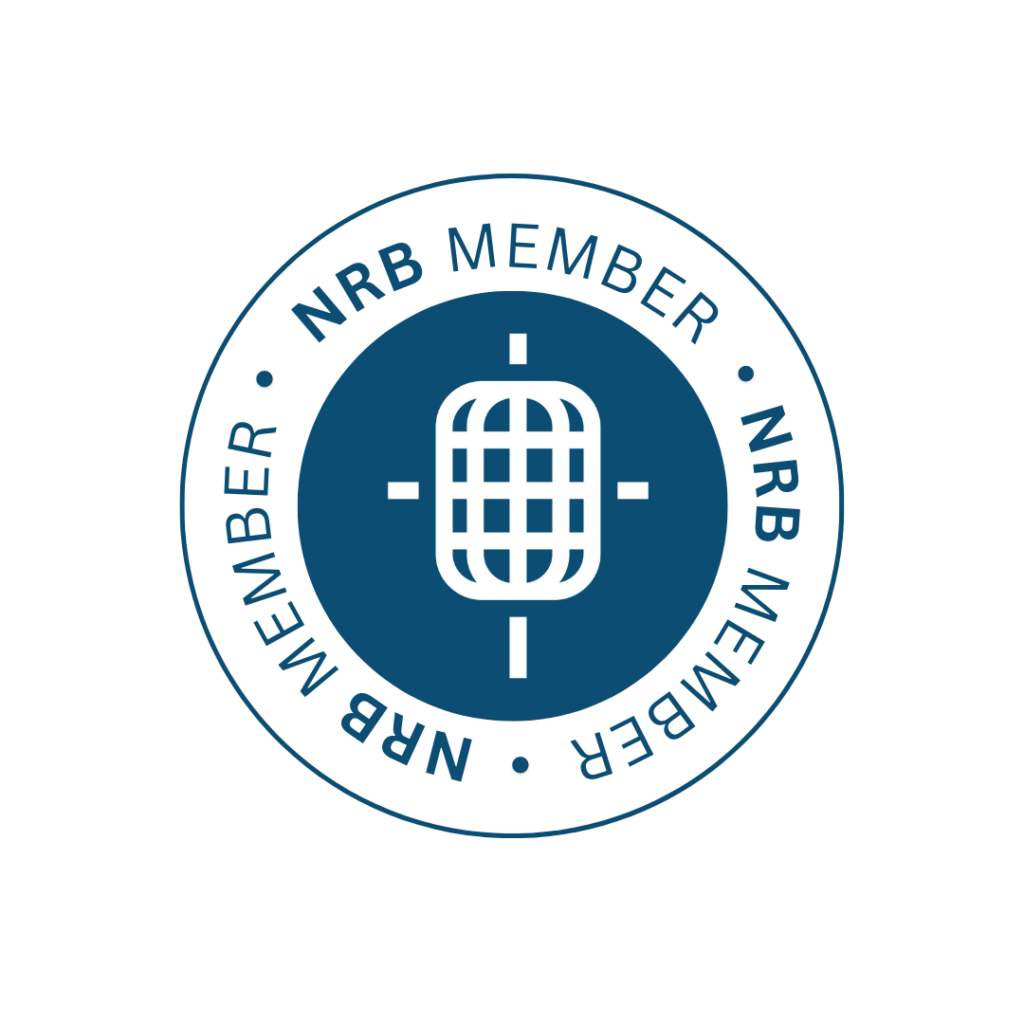Going Beyond Digital Engagement
When I started in the nonprofit sector I was leading the digital team for an organization communicating with approximately one million people on social media. Their followers were passionate and engaged—regularly commenting, sharing, and liking—and our following was growing by leaps and bounds.
When I compared these followers to our email file and our active donor base, however, there wasn’t very much overlap. We found ourselves with an excellent pool of passionate supporters who didn’t sign up for our email newsletter, didn’t sign advocacy pledges, and weren’t becoming donors.
This isn’t an unusual story. At Douglas Shaw & Associates I see organizations facing similar issues all the time. And the truth is, an organization engaging with their supporters is a wonderful thing—particularly on the digital channels where communication can be more frequent.
But engagement is a starting point, a stepping stone. To grow and fund your organization, engagement cannot be your end goal on any channel or network.
This is important—because when you look at your communications as steps along a conversion process, it changes how you plan your communications calendar, what type of content you create, and how you design your pages and email templates. And your strategies on the different digital channels change somewhat as well.
SOCIAL MEDIA
Social networks were made for engagement and are a great place for people who are just starting to get to know your organization. However, even on these platforms, you should keep conversion in your sights. Try to balance a communication plan with posts that lead people to your website, create interaction within the social network (likes, comments, shares) and paid ads during appeal campaigns to target key audiences for donations.
SEARCH
For many organizations, search is the number one source of traffic to their website (besides those who just type in your web address). For this audience it’s important to pay attention to search terms and make sure you have users directed to landing pages that make sense for the content they’re searching for.
As an interesting side note, we are experiencing that social media typically finds the largest number of new donors, while the average gift on search networks is significantly higher.
Email marketing is the backbone of any online fundraising program, however you cannot ask for donations all the time and on every email. Your engagement emails can serve to tell stories and show impact building up to your e-appeal campaigns. If you know you’re going to be talking about a particular topic in your appeal for the month, try to find ways in every email you send to provide supporting messaging.
WEBSITE
Your website is the hub for your online giving, and small optimizations can have a large impact on how many people actually find and complete the donation process on your site. Donation opportunities should be easy to find wherever people are inspired—and if your form or website isn’t mobile friendly, you need to invest the time and funds to fix it.
Website optimizations have resulted in 64% increases in overall online revenue for our clients over a period of 12 months.
You might be interested to know that digital donation campaigns at Douglas Shaw & Associates are currently seeing an ROI of $3.30 for every $1.00 spent, while targeting and acquiring new donors. The bottom line is that digital engagement, if supported and done correctly, can yield great results for your organization.
Related articles
-

More Than Just Work
As a young Christian professional navigating the conundrum of aligning my beliefs into a purposeful career, I’ve been blessed to…
-

What to Think of Artificial Intelligence and Its Impact on Fundraising . . .
In trying to summon an image to represent our theme for this issue of Donor Focus, I found myself drawn…
-

Fundraising Meets Artificial Intelligence
In this article, we’ll explore the captivating realm of AI-powered fundraising efforts—the boundless benefits and intriguing challenges that arise when…






